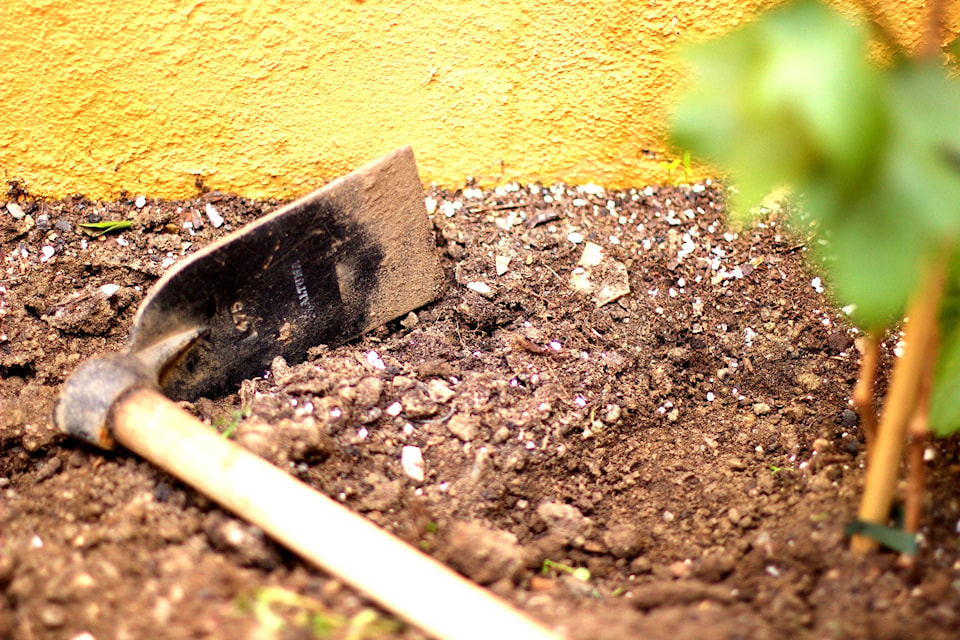By Don Burnett
I have often said we place far too much confidence in rototilling our gardens. Soil that has been churned up to be able to run through our fingers has always been favourable to gardeners, even my Dad.
But, is this what plants need?
What looks and feels good to us just may not be favourable to good plant health. The fact of the matter is healthy soil is alive with biological activity which includes earthworms, and on down to all sorts of beneficial microbial organisms. Rototilling disrupts a lot of this, especially deep tilling. As well, a smooth shiny surface forms right at the depth the tines reach which can cause a perched water table effect, resulting in poor drainage.
Cultivating rather than rototilling is the better way to prepare the garden. Turning the soil over with a digging spade or fork then smoothing out the immediate area you want to plant either seed or transplants leaves the soil structure intact. The lumps which remain after this procedure are called “peds” and these help maintain the air pockets accommodating oxygen to the root zone. Rototilling on a regular basis will break down the peds resulting in more compaction which ironically is contrary to the reason we think we need to rototill in the first place.
Deep rototilling also tends to bring up dormant weed seeds from beneath the surface which may have been there for years. Another concern regarding weeds is that rototilling chops up rhizome roots from quack grass, mares tail, bindweed and Canada thistle, thus exacerbating the problem by spreading the roots around. Plants don’t care what the soil looks like or if it feels good flowing through our fingers. What plants like is soil which doesn’t compact with plenty of organic matter and microbial life and this is often not what we as gardeners think looks good.
Listen to your plants and back off on the rototiller. I suggest if you own a ‘tiller then set it so it doesn’t go as deep as it has been and back off on the churning action by “walking” it across the garden patch having the tines flip the soil rather than churn it.
I mentioned a couple of weeks ago I have my greenhouse up and running with tomato and cucumber plants aiming at a Christmas crop. I also have lettuce started and I’m bringing in some of my pepper plants so they can produce right through the winter. How exciting is that. I will keep you informed on my adventure via this column and the weekly garden show on AM1150.
A reminder to take advantage of the “Green Bin” program and fill it every two weeks with garden waste if you don’t have a home compost. Please follow the instructions on what goes into the bin and this applies to the recycle blue bin as well. I’m hearing some horror stories of contamination and misuse. Accepted materials for the green bin are grass clippings, weeds, leaves, plant trimmings, pruning’s up to 5cm/2in. in diameter, pine needles and cones, fruit droppings and of course your Halloween pumpkin. For further info on what is acceptable in both the green and blue bins check out the Regional District website.
Please join me next May on our fabulous trip to the Chelsea Flower Show in London England. Because of the demand for Chelsea tickets you need to book soon. Deadline has been set at Oct. 18. Contact Gail Fritsen at Marlin Travel- 250-868-2540 for all the info you need to join me next spring. You can also get some details on my website www.thegardenexpert.com just click on Travel with Don.
Listen to Don Burnett and Ken Salvail every Saturday Morning from 8 to 10 a.m. presenting the Garden Show on AM 1150 now in its 34th year
